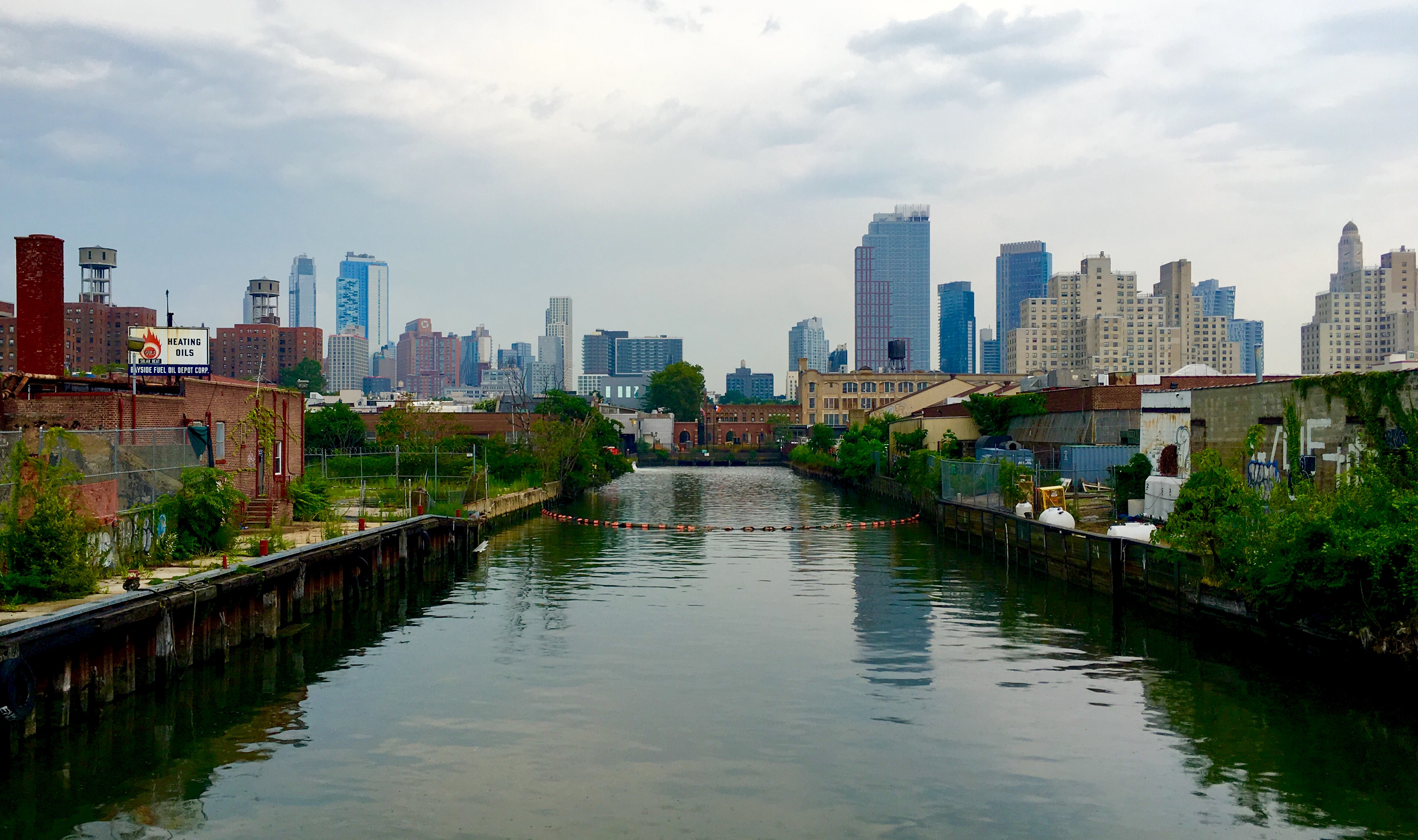City Planning releases draft of Gowanus rezoning

New York’s Department of City Planning released a rezoning proposal for the Gowanus neighborhood on Wednesday that would establish more stringent standards for climate-resilient development; preserve a mix of commercial, light industrial and housing use for the area; and open up waterfront space, among other developments.
The draft rezoning plan builds on the Gowanus Framework that was adopted in June. A large number of public officials provided input for the framework, including Councilmember Brad Lander, Councilmember Stephen Levin, Brooklyn Borough President Eric Adams, Assemblymember Jo Anne Simon and others. Environmental organizations like the Gowanus Canal Conservancy and Gowanus Green also provided input.
The continuing push to rezone the area has largely been inspired by the fact that in 2010, the Environmental Protection Agency declared the Gowanus Canal, which runs through the area, a federal Superfund site.
